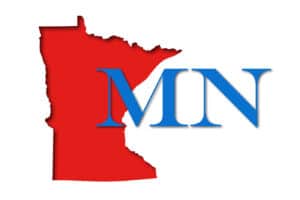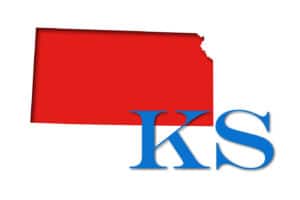CohnReznick recently released the sixth installment of an ongoing report, Housing Tax Credit Investments: High Performance and Increased Need. The report surveys a portfolio of over 22,000 LIHTC properties and the numbers this year show the best performance recorded over the 31 year history of the LIHTC program with data including the following:
- 8% physical occupancy rate in 2016 (the highest seen since CohnReznick began collecting data.)
- Median 1.35x debt-coverage ratio (DCR) last year, the strongest DCR recorded for the properties surveyed. The median DCR hovered around 1.15x between 2000 and 2008.
- Surveyed properties had a cumulative foreclosure rate of just 0.71%.
- Median cash flow was more than $600 per unit in 2016 (cash flow available after paying for expenses, mandatory debt services, and required replacement reserve contributions).
While the stronger cash flows are good news for the properties, they are still tightly budgeted. Because the median tax credit project comprises 77 units, the total sum of positive cash flow per property—also on a median basis—is less than $49,000 per year. The report also points out that cash flow is not necessarily provided to the partners who own the property. Instead, the use of excess cash flow is typically spelled out under a partnership agreement to pay deferred developer fees, asset management fees, and soft loans.
Thirty-three LIHTC syndicators and two of the nation’s largest investors participated in the survey, allowing CohnReznick to analyze 2015 and 2016 data from more than 22,000 housing credit properties. The firm believes that the study covers more than 70% of the housing credit properties placed in service since the inception of the program and that are being actively asset managed by syndicators and/or investors.



